- Write by:
-
Thursday, February 16, 2023 - 22:26:17
-
212 Visit
-
Print
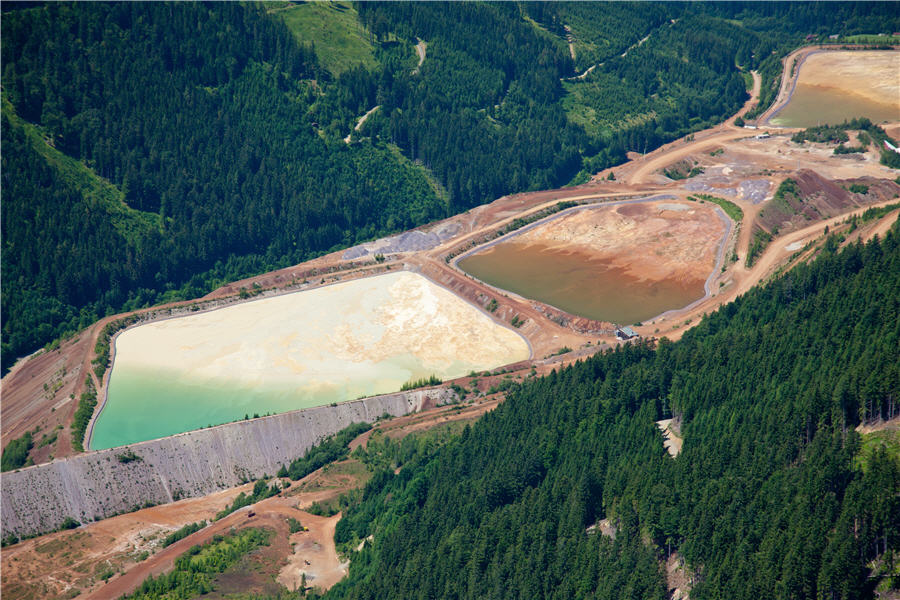
Mining News Pro - The Global Reporting Initiative (GRI), an international independent organization for impact reporting across sectors has proposed a new sustainability reporting standard for mining companies.
KPMG confirmed last year the GRI Standards are the most widely used sustainability reporting standards globally.
Mining was identified by the Global Sustainability Standards Board (GSSB) in 2020 for prioritization, and the Standard would apply to all organizations engaged in mining and quarrying – with the exception of coal, and oil and gas, for which GRI sector Standards are already available.
GRI presented a draft Standard last week at Alternative Mining Indaba in South Africa, which identifies 25 environmental, social and economic topics. The exposure draft, open for consultation until April, includes topics that are new to the GRI Standards: tailings facilities and hazardous waste streams, artisanal and small-scale mining, and operating in conflict zones.
The draft Standard sets expectations for site-level reporting, aligns with existing ESG and disclosure frameworks for the sector – including those set by the International Council on Mining and Metals, the Initiative for Responsible Mining Assurance, Copper Mark, the OECD, Extractive Industries Transparency Initiative and Global Industry Standard on Tailings Management.
“Why the GRI sector standard for mining was pulled together was a recognition of the fact that we have among the large companies in the extractive sectors, a pretty high rate of sustainability reporting, which is right and fair because they have a very large environmental and social footprint and a very high degree of scrutiny,” Judy Kuszewski, Chair of the GSSB, the independent body that sets the GRI Standards, told MINING.com.
“[But] If you look at the kind of the major extractive companies, around 80% of them publish information on their sustainability performance, the quality of reporting in the mining sector is widely considered inadequate and not up to the expectations of stakeholders — and that’s why we pursued this project with mining, which was always one of the highest profile one of the highest priority sectors on the on the GRI and the GSSB,” Kuszewski said.
Kuszewski noted the purpose of the Standard is to address the impacts of the mining sector on people and planet with a common set of metrics that represents the broad information needs of stakeholders, adding that a stronger focus will be on the responsibilities of larger mining organizations in respect of their relationships with smaller ones and their relationships through the supply chains.
“Informal, artisanal and small scale mining operators might use the standard, but we don’t really expect it to be widely picked up by those organizations,” she said.
While noting 100% transparency of all ASM operations that may be connected to larger companies reports is a significant challenge, Kuszewski pointed to the sometimes disjointed relationship between the aggregate level global corporate reporting and mine site level disclosure of relevant impact.
“We really need to draw much more kind of connection and transparency between the corporate entity and the mine site,” she said.
The draft Standard remains open for public comment until April 30, and after feedback has been considered, the final Mining Standard is expected to publish in Q3 2023. Webinars will take place on February 23 and March 2.
Short Link:
https://www.miningnews.ir/En/News/622681

Mining News Pro - Mineral Resources (MinRes) has successfully installed a 2.1 megawatt (MW) solar-battery system at its ...

Mining News Pro - MLG Oz has announced that it is finalising a contract extension with Ora Banda Mining for two years, ...
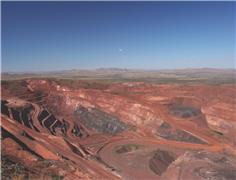
Mining News Pro - The traditional owners of the 46,000-year-old Juukan Gorge rock shelters have signed an a memorandum ...
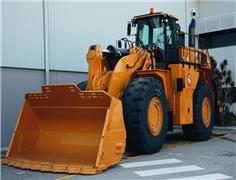
Mining News Pro - Exploration company Develop has signed a Memorandum of Understanding (MoU) with Tjiwarl Contracting ...
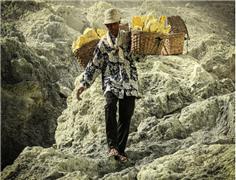
Mining News Pro - Giles Crosse investigates how a delicate combination of data and regulation could be vital for the ...
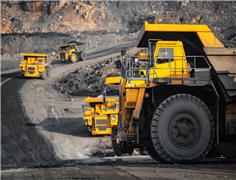
Mining News Pro - Industrial metals, iron ore and rubber are on track to finish in negative territory, pushed down in ...

Mining News Pro - Nickel is used mainly in the steelmaking process, but also in production of batteries for electric ...
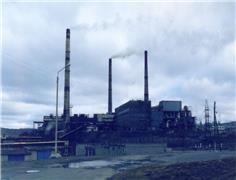
Mining News Pro - A circular battery life cycle is possible. More batteries are being recycled through good policy, ...
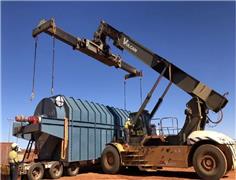
Mining News Pro - Could a new wave of rare earth mines and project expansions build an independent rare earths industry ...
No comments have been posted yet ...